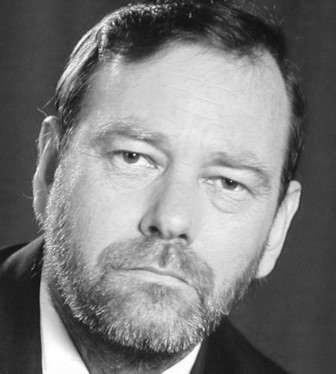Family and foreign policy in the South Pacific

Australia’s pivot to the South Pacific talks up both personal connections and foreign policy interests.
The pivot pitch tries to meld strategy and Pacific family, bringing together policy and the needs of Pacific people. Such different elements can repel as well as attract.
The pivot is a manoeuvre with a high degree of difficulty, much ambition and many parts.
Prime Minister Scott Morrison speaks of a new chapter in relations ‘with our Pacific family. One based on respect, equality and openness. A relationship for its own sake, because it’s right. Because it’s who we are.’
My previous two columns contrasted the genius of Morrison’s ‘family’ vision with the reality that Australia’s big new offer to the South Pacific—economic and security integration—has become the policy that can’t be named.
Family and integration are at the heart of the fresh chapter Canberra wants to write in the South Pacific.
The family-and-integration pitch must convince Australians as well as the South Pacific. Islanders poking suspiciously at Morrison’s family idea and pushing back at integration need to see that this isn’t just about them. It’s a leader talking to his own voters about what needs to be done to serve Australia’s values, interests and influence.
Family is at the values end of the spectrum, while economic and security integration lean towards interests and influence. The complex pitch has to work for Australia well as the South Pacific. This is foreign policy with a lot of domestic import.
I’ve been reporting on Australian policy in the South Pacific since the 1970s and a recurring refrain through the decades is that the South Pacific didn’t get enough attention from Canberra. Over the years, I delivered my share of such jeremiads: see this in 2003 on Oz amnesia about its South Pacific roles, or this from 2006 on the then taboo subject of island workers coming to Oz.
The pivot upends those old complaints. Today the islands can’t lament that they’re being ignored. It’s a nice change. Today we’re seen as too eager and coming on strong. Cue clichés: careful what you wish for; living in interesting times …
It’s facile, even simplistic, to say Australia’s pivot is merely responding to the China challenge. If China reminds Australia of its abiding concerns (interests, influence and values), thanks for the nudge. But this isn’t just about China.
An argument with equal merit is that Australia is responding properly to the complex and competitive region that South Pacific leaders are themselves describing.
The South Pacific has adopted ASEAN language about not having to choose sides in the big power struggle surging through the Indo-Pacific.
Such a balancing job—not having to choose—will involve getting as much as possible from Australia, as ballast and reinsurance as well as benefit.
The islands need to hold Australia as close as China and call it harmony. It’s not just Canberra that must worry about the rising degree of difficulty.
The pivot pre-dates Morrison’s leadership, yet his family idea shows how prime ministers make the weather in Canberra.
The South Pacific is a region where the Oz foreign affairs minister and the international development minister traditionally run the game most of the time. That’s an anomaly. In the way Canberra has done international affairs over the past 50 years, our system has gone increasingly presidential.
President ScoMo is making his family message vivid by going to the islands. He’s turning up. The meeting is the message. The visit is the vision.
Family draws on Morrison’s religious beliefs. It matches his experience spending time in the islands. There’s a synergy of personal understanding and the policy interest.
The effort to meld family and strategy was expressed by the prime minister’s decision to give his political ally Alex Hawke two jobs: minister for international development and the Pacific, plus assistant defence minister.
For Oz bureaucrats who do Pacific policy, Morrison’s Pacific family is a wand that can magic-up the Canberra trifecta: win arguments, set policy, get cash.
Some results are already in. The farmers and the National Party went hard to bring in rural workers from Asia, pushing aside the Pacific Labour Scheme. The country types (the wombats) didn’t get all they wanted, and this is a government where the wombats have lots of wins.
The compromise kept the Pacific Labour Scheme in place and expanded it to take in Papua New Guinea. That’s family values with policy punch. Embrace what the labour scheme could achieve, while seeing its small steps so far.
The language Australia is using about the pivot—officially, it’s ‘the step-up in engagement with the Pacific’—avoids the word ‘integration’. Integration is our policy but raises islanders’ hackles about their sovereignty.
Thus, Australia now goes back to the traditional embrace of ‘partnership’ and talks increasingly of ‘community’.
The pivot speeches are shy about naming integration as the ultimate step at the top of the ladder. By contrast, family can be the ground on which the Pacific step-up ladder rests, and the aim to build a stronger, richer, safer Pacific family can also be the top step of the ladder.
The Pacific family can be both the frame and the aim of Australia’s Pacific pivot.
This article was published by The Strategist.

Graeme Dobell has been reporting on Australian and international politics, foreign affairs and defence, and the Asia Pacific since 1975. He is Journalist Fellow at the Australian Strategic Policy Institute.











